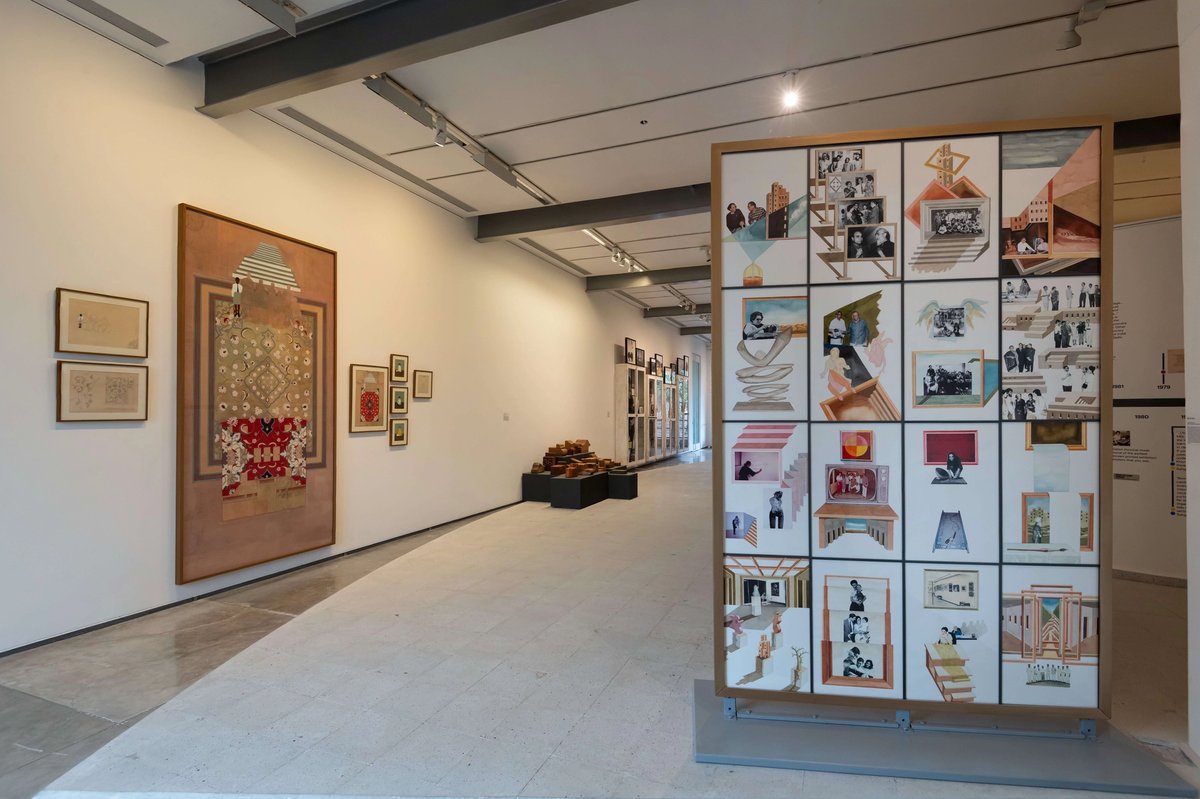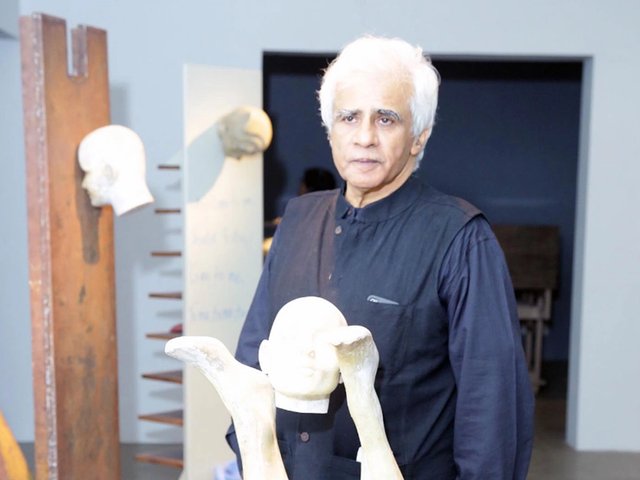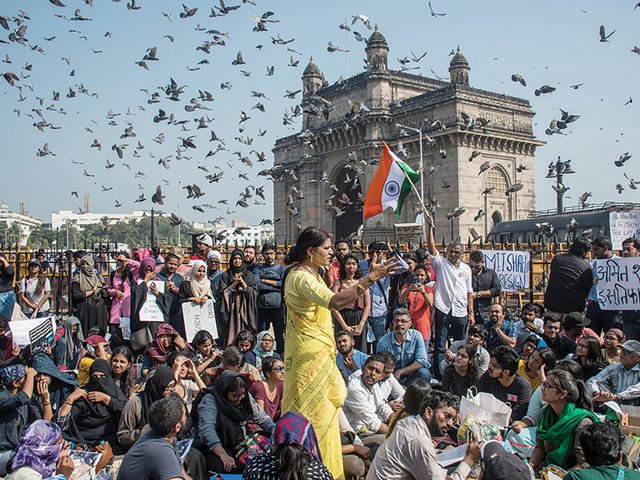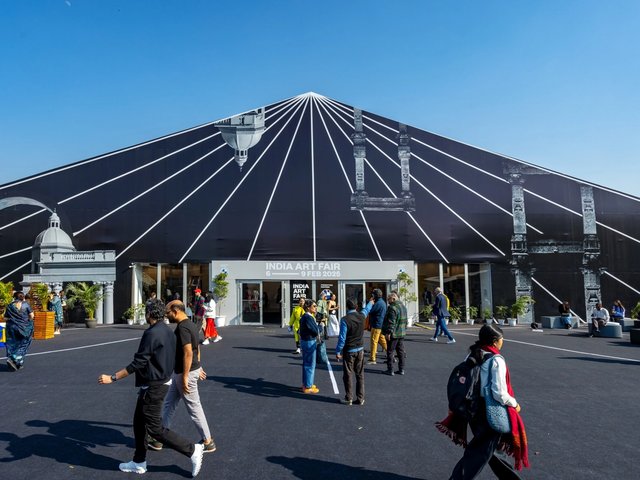Chemould Prescott Road, Mumbai’s oldest commercial gallery, celebrates 60 years with a three-part exhibition that charts its role as a key crucible for Modern and contemporary art in India. The gallery, born out of a framing store, is known for having given the first-ever selling shows to a number of artists in the Bombay Progressive Artists’ Group, who now command millions at auction.
The first of the anniversary shows, Framing (12 September-2 November), was the result of a two-year process that saw the gallery dust off its archives and delve into its own history. This was overseen by Shireen Gandhy, the gallery’s director, who took over from her father Kekoo Gandhy, its founder, in 1988. For Framing she invited her roster of artists, including Mithu Sen, Atul Dodiya and Varunika Saraf, to respond to the gallery’s history.
The show puts forth that the Gandhys—dubbed “India’s first family of art”—have been at the forefront not just of the nation’s art but its politics too. A letter written by Shireen’s mother, Khorshed, to the then-prime minister of India, Indira Gandhi, lambasts the leader for imposing a draconian emergency rule between 1975-77. Phototgraphs also show both Kekoo and Khorshed at the front and centre of major Mumbai protests against right-wing governments in the early 1990s. Outspokeness is a trait they passed down to their daughter, who is known for voicing views on hot button issues, such as the current ruling Hindu nationalist government.
“This show makes apparent how much more careful one has to be today, how much more closely things need to fall with the party line,” Gandhy says. “That means cultural practioners have to be all the more creative to get their points across.”
The place of protest in art is also addressed by the exhibition’s curator, and former gallery assistant, Shaleen Wadhwana, who for the show created a literal “room for dissent”—a gallery containing instances of activism by Chemould’s arists, documented in photographs. “I certainly couldn’t stage this show in Delhi,” she says, where censorship is stricter. “But we need to continue creating spaces for artistic freedom.”





